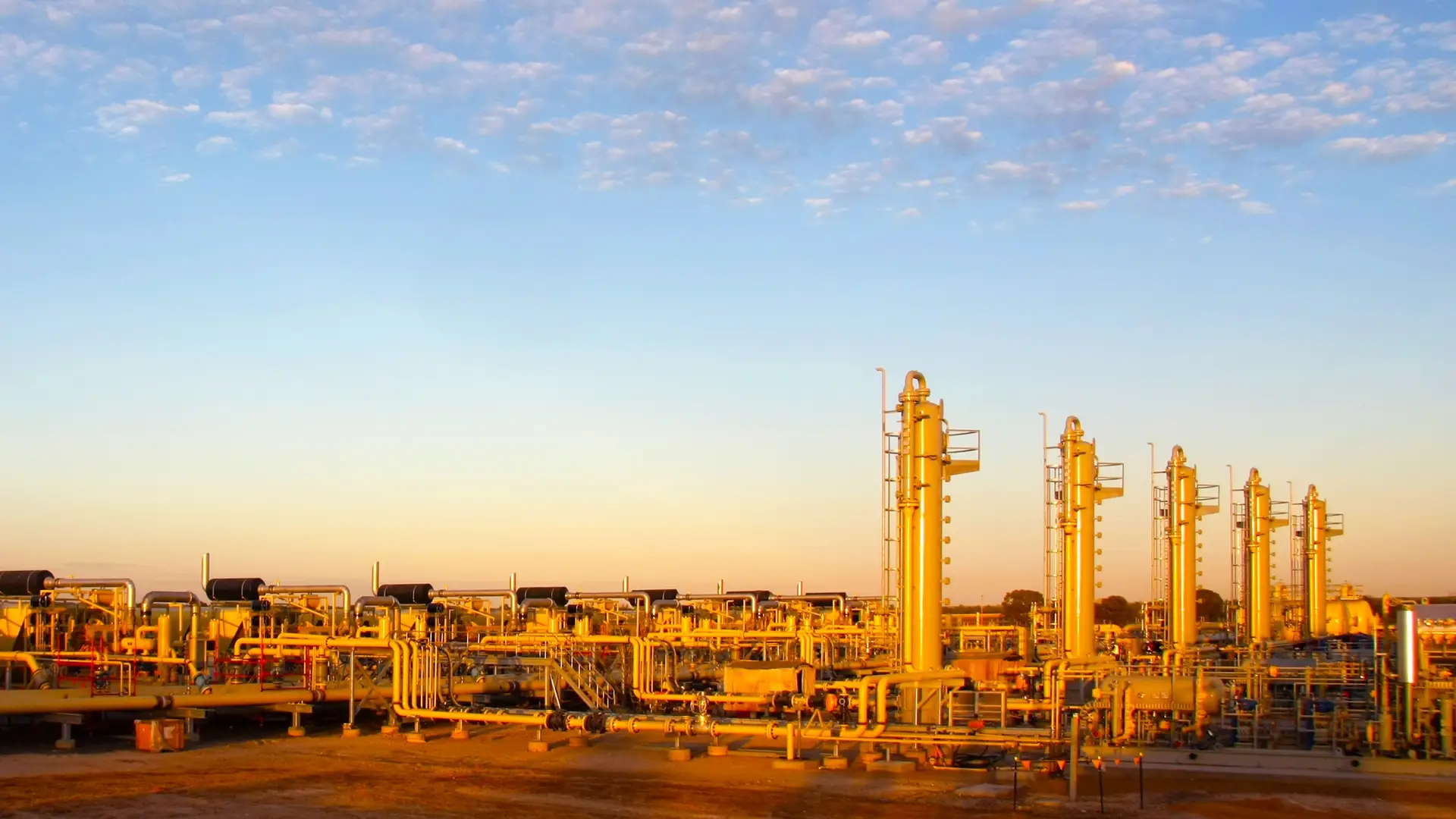In our ongoing series spotlighting the team at Daphne Technology, we are excited to continue introducing you to the brilliant minds propelling our mission forward. Today, we turn our spotlight to Dr Behnaz Varandili, our esteemed Senior Scientist, whose remarkable work in catalysis is pivotal in advancing our journey towards a sustainable future.
Originally from Iran, Dr Varandili brings a wealth of knowledge and experience to our team. She obtained her master’s degree in Material Science and Engineering from the University of Tehran in 2015, where she laid the foundation for her passion for scientific innovation. Following her academic pursuits, Dr Varandili relocated to Switzerland in 2016 to pursue a PhD in Chemistry and Chemical Engineering at École Polytechnique Fédérale de Lausanne (EPFL), one of the top-ranking universities in this field. Dr Varandili’s journey exemplifies the international collaboration and talent that drives innovation at Daphne Technology.
Name: Dr. Behnaz Varandili
Job title: Senior Scientist
Location: Switzerland
Q&A with Dr Behnaz Varandili
1. What drove you to join Daphne Technology, and how does your background align with the company’s mission?
My background in material science and engineering, coupled with my specialisation in heterogenous catalysis during my master and PhD studies, have equipped me with the expertise needed to address fundamental environmental challenges in tough-to-decarbonise industries. Joining Daphne Technology in 2021 allowed me to apply this interdisciplinary approach, spanning from Chemistry to Materials Science and Chemical Engineering, to develop innovative solutions for measuring and reducing industrial GHG emissions. The company’s mission to drive forward sustainable technologies perfectly aligns with my passion for environmental sustainability, making it an ideal fit for me to contribute towards a more sustainable future.
2. As a key member of our R&D department, how do you see your role has and will evolve in the context of Daphne Technology’s emerging commercialisation?
My role has evolved from initially executing experiments and synthesising the catalyst toward a managerial position. I am now the scientific lead for interdisciplinary projects, supervising the team and ongoing experiments across different scales, developing production procedures for novel catalysts and contributing to stage-gate process planning.
3. Can you share an example of how your role has influenced a significant emerging commercialisation decision or project at Daphne Technology?
My scientific leadership in developing a novel catalyst and optimising crucial parameters in a Plasma Catalysis system significantly contributed to enhancing the efficiency of the latest version of our SlipPure™ solution. Commenting on this achievement, Behnaz emphasises, “I believe that every milestone in emerging commercialisation is not just a step forward for our company but a leap towards a more sustainable future. Convincing our partners to join us in implementing innovative solutions marks not only a business success but a victory for environmental sustainability.”
4. How do you balance the need for rapid emerging commercialisation with the maintenance of quality and adherence to our core values of environmental sustainability?
Our strategy involves aligning every step of our expansion with our commitment to environmental sustainability. We’re integrating sustainable practices into our emerging commercialisation process, leveraging technology and automation, and investing in training to ensure that quality standards remain robust. We also place a strong emphasis on continuous improvement in every aspect of the process and are continually looking for innovative solutions.

It’s not just about growth; it’s about responsible growth. We believe that by carefully planning, experimenting, and staying true to our core values, we can achieve rapid emerging commercialisation without compromising on environmental sustainability or quality.
Dr Behnaz Varandili
Senior Scientist
5. In short, can you tell me a bit about the journey and challenges in developing Daphne’s proprietary catalyst? And why has this been of such great importance?
This journey encompassed the optimisation of numerous parameters, primarily focusing on plasma/power electronic factors and reactor mechanical design. As a senior scientist, I had to ensure the smooth progress of the process and to make alignment among experts from various fields, including physicists, chemists, electrical engineers, chemical/process engineers, mechanical engineers, and technicians. Moving forward, a pivotal advancement involved designing, synthesising, and testing potential catalysts capable of synergising with plasma, followed by scaling up production. All these efforts introduced an innovative system which resulted in a notable increase in performance for methane removal at relatively low temperatures, a critical factor for success in various applications.
6. How does this new catalyst differentiate itself from existing solutions in the market, and what unique advantages does it offer in our fight against global warming?
Our technology solution exploits the synergy between plasma and catalyst and exhibits exceptional performance, particularly at relatively low temperatures. This distinctive characteristic represents a significant advantage, especially in maritime applications. The ability to excel under these conditions positions our product favourably against competitors and opens up a myriad of opportunities across both land-based and maritime industries.
7. Looking forward, what impact do you foresee this catalyst having on our future projects and technologies?
Our innovative plasma catalyst solution, designed to operate across a broad temperature range, presents a multitude of opportunities for diverse applications. This versatility extends its applicability not only to land-based industries but also to the maritime sector. This expansive reach across various industries translates into an increased potential customer base and future projects for our company. Such a wide range of applications ensures a diversified portfolio and provides a solid foundation for the company’s development and growth.
8. What are the main challenges and opportunities in your daily R&D life?
Working in R&D presents a dynamic yet challenging professional landscape. The inherent uncertainty and instability of the processes and limited resources demand adaptability and resilience. High workloads and the risk of failure add to the pressure, making it crucial to navigate through ambiguity. However, these challenges are accompanied by opportunities for personal and professional development and accelerated learning and growth, as sometimes one has to wear multiple hats and contribute to various aspects of the business. The potential for impact and influence is substantial, fostering a culture of innovation and creativity. Also, the projects’ dynamic and agile nature offers a unique and exciting professional experience. Balancing these challenges and opportunities enables thriving in a fast-paced, transformative environment.
“Amidst the challenges of daily R&D life lies an ocean of opportunities for innovation and growth. Navigating through uncertainties and embracing the dynamic nature of our work fuels our passion for driving impactful change and propelling Daphne Technology towards a greener tomorrow,” Behnaz concludes.






